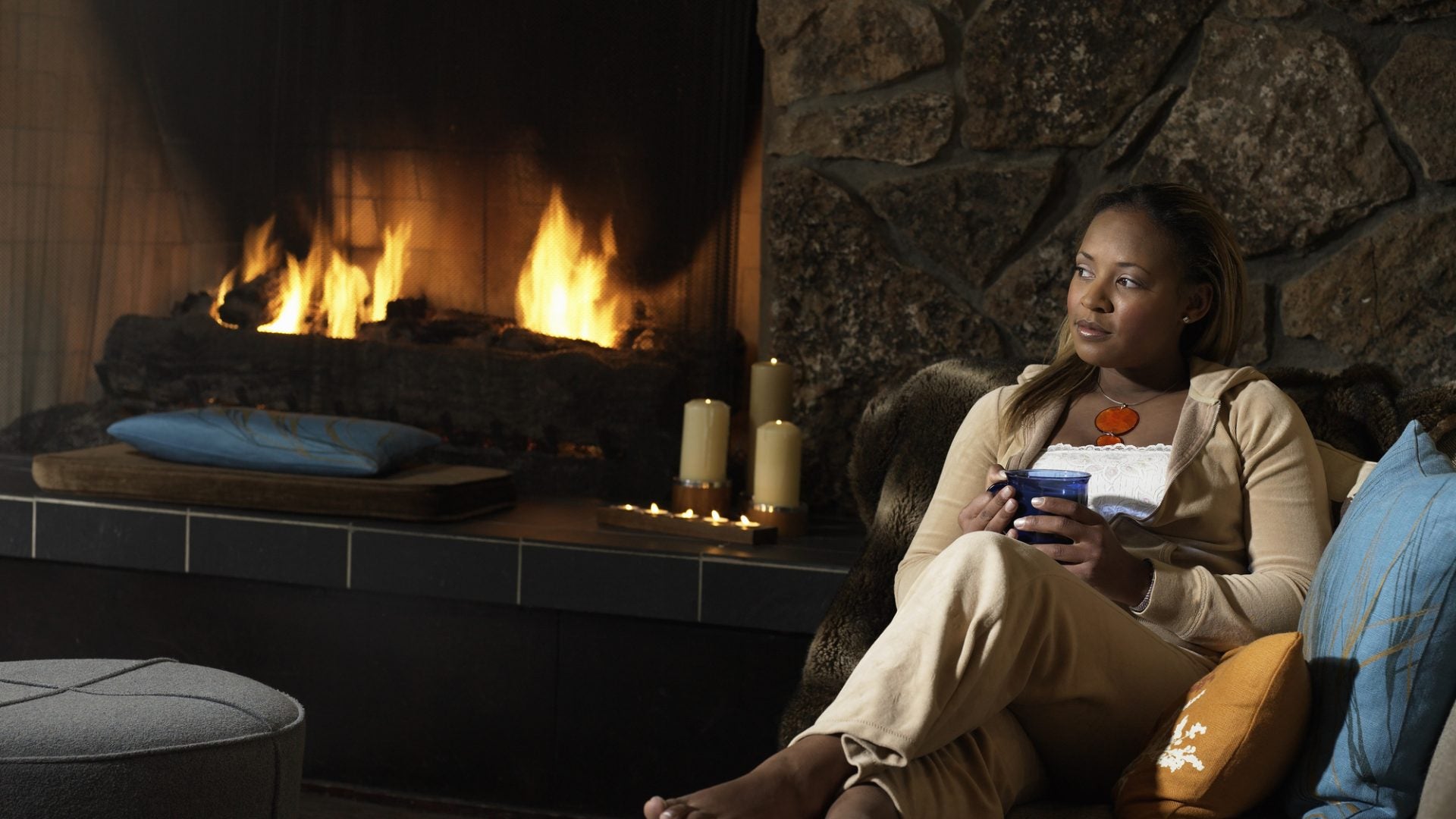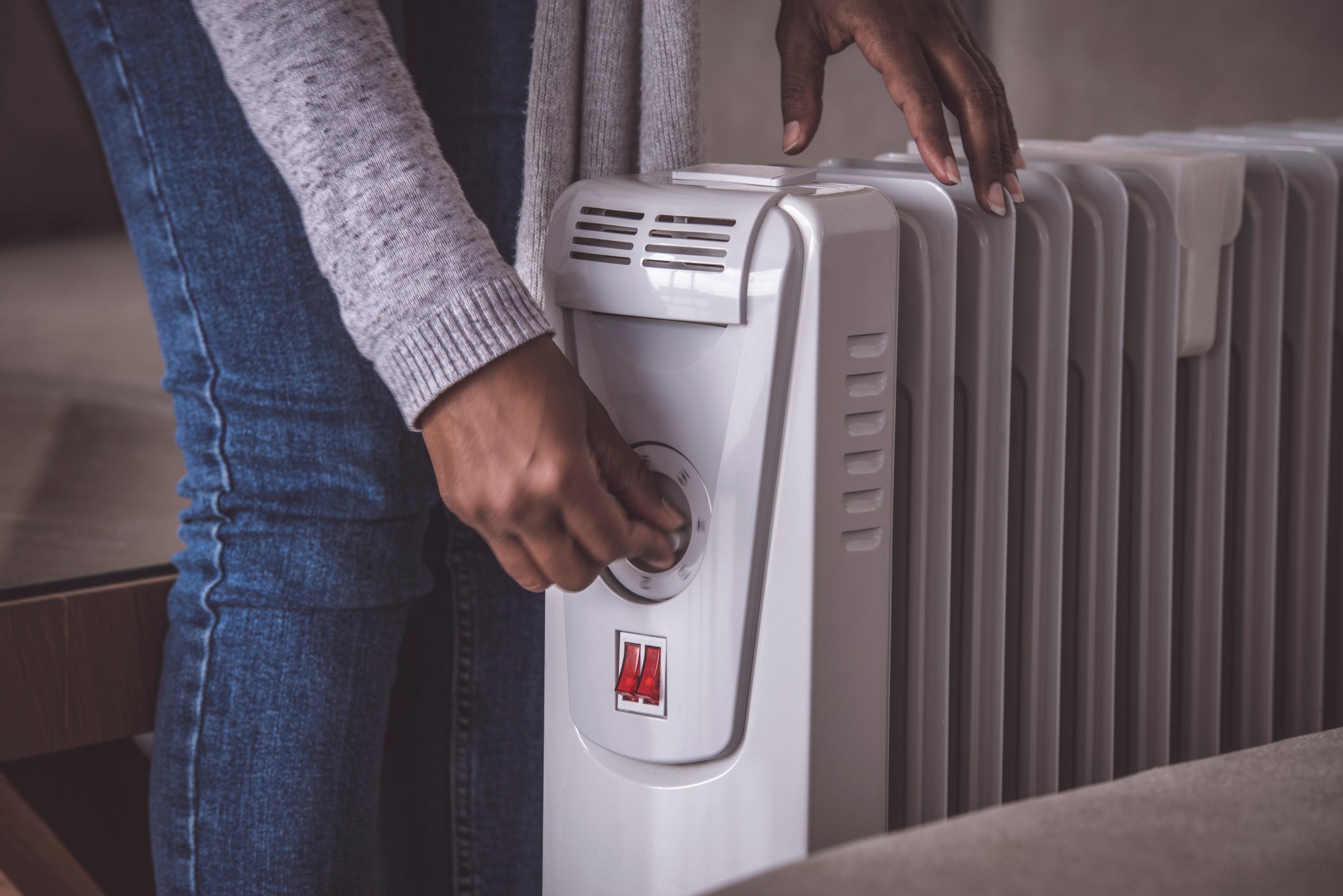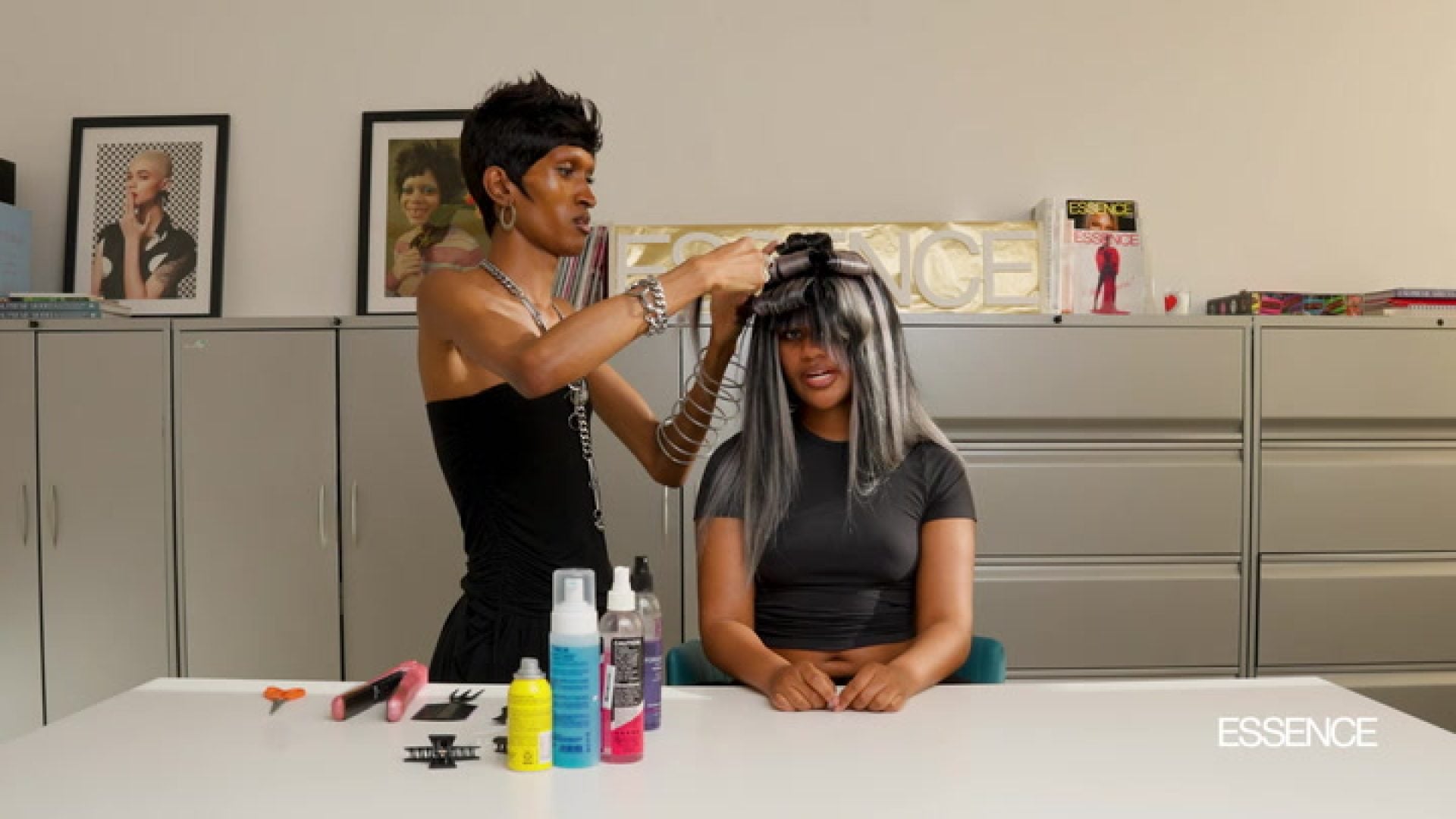
My Christmas decorations could have been the death of me.
That was the thought I had as I stood in the living room of my apartment, surveying the damage after snuffing out a fire that had engulfed my very old power strip. In retrospect, the worn out strip held way too many plugs at once, including the lights on a Christmas tree, a star that glowed on its own and lights around my living room. It happened so fast, as I sat on the couch working from home (long before it was the norm), that I couldn’t help but wonder, what if?. Thankfully, I’d acted quickly, grabbing a favorite blanket and using it to suffocate the flame. The only damage was the hole in the blanket and the temporary power outage on one side of the apartment.
I thought about that incident when I heard about the fires that had broken out and taken the lives of so many people, both in a rowhouse in Philadelphia and an apartment complex in the Bronx in just the last two weeks. A friend was also left on too long. We don’t realize that many of us utilize things every day that we deem harmless, or, we deem our use of them harmless, when they can actually be great hazards. After the fires in both cities, just days into the new year and not long into the winter season, I realized that the way I’d been using many things could put myself, my family, and my neighbors, in danger.
Whether it’s a space heater, a bathroom fan, an oven, or a power strip covered in plugs, find out the safest ways to utilize everyday items according to officials and experts.
Space Heaters
In the winter, many people rely on space heaters for warmth. According to the Federal Emergency Management Agency, they need to be kept at least three feet away from anything that can catch on fire. Only one space heater should be plugged into an electrical outlet at a time (do not plug them into power strips or into an extension cord), and they should be unplugged when you leave the room they’re in or go to bed. An additional danger to keep in mind is carbon monoxide poisoning. FEMA also says it’s important to have a carbon monoxide alarm when these appliances are in use, and to crack a window when using them in order to help air circulate.
Oven
If you’ve experienced the warmth an oven can bring to a home during cold months, you know it’s the best time of year to bake and broil your favorite meals. However, using an oven or the stovetop of one to heat your home is not safe, per FEMA. The Red Cross also says to be sure to clean up any grease spills from your stovetop, and keep kids and flammable items (like a towel you wipe your hands with while cooking) away from the stove and oven. As for microwave ovens, make sure they’re plugged directly into an outlet and if a fire breaks out in one, turn it off and unplug it immediately if safe to do so.
Bathroom Vents and Filters
You may not think anything about the fan you use to clear out the bathroom after a steamy shower, but bathroom vent fans can malfunction and create great danger. Fire experts say you shouldn’t leave the bathroom fan on for extended periods of time. You should also ensure your vent does not have a buildup of lint that could create a fire. Clean your vent at least once a year, and for homeowners, a safe option is having an electrician install a newer vent fan with thermal heat protection. Don’t forget filters — the filter for your family’s heating system or the one in your dryer. Lint allowed to build up in the filter for both can create a fire. If you weren’t already, replace the furnace filter regularly and clean out dryer lint every time you do your laundry.
Candles
For people who love to light a candle to let out an inviting scent or just to set a mood, if you leave the room it’s in, it needs to be completely out. Don’t burn candles near drapes, bedding, paper, or anything flammable and, according to safety experts, avoid using them when there’s a draft or around vents and air currents. If you use multiple candles at once for holidays, they need to be kept at least three inches away from each other so they don’t burn improperly.

Fireplace
A fireplace in the home adds a lot of character, but it can also be a hazard if not utilized properly. The Red Cross recommends using a fire screen in front of your fireplace to keep embers from flying out and starting a fire (and to keep logs in place) and opening the window to help manage smoke. When you’re done using your fireplace, ensure embers are fully put out and things have had enough time to be extinguished before you leave the room to go out or to go to bed. And don’t treat your fireplace as the main heating system for your home. It shouldn’t be burning for long periods of time.
Power Strips
Experts say the best kinds of surge protectors and power strips (a power strip adds extra outlets while a surge protector stops voltage spikes) to use are the ones with three-prong, grounded plugs and an internal circuit breaker. The breaker will keep overheating from happening when the product has become overloaded or shorted. Your device also should not be hot when used, as that is a sign that it is overloaded. Instead of just reducing the products plugged into it, dispose of that strip, buy a new one, and install it with less items attached. Also, never plug these devices into each other and be sure to inspect them often for signs of damage so you’re on top of replacing worn out strips.
Holiday Decor
You may have long put away your Christmas tree and lights, but in preparation for next year’s celebrations, the Red Cross recommends inspecting the cords for your holiday lights to make sure they’re not worn or broken. Do not put more than three strands of them on the same extension cord, and whenever you leave a room where lights are for an extended period of time, be sure to turn them all off (unplugging them, too). For those who buy real Christmas trees every year, they can be big fire hazards. According to the National Fire Protection Association, they cause more than 210 reported fires across the country per year. That’s why experts recommend choosing a tree that has fresh, green needles that don’t fall off to the touch. Immediately place it in a stand after buying it and keep the tree well-watered. Place it three feet away from anything that could draw heat to it and dispose of the tree soon after the holiday.





